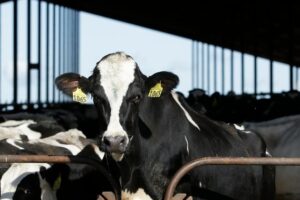In the medical world, we have a team of researchers researching multiple aspects of the human body. They also work with ample chemicals to come up with new solutions for diseases and other abnormalities that ails the human body. Hence, if you look at it broadly, you will find that the laboratory is a powerful vortex of research and development. Therefore, researchers and others in the medical community must keep this space clean and safe. It will ensure that there are zero contaminations due to negligence in the lab space.
In the past two years, we have all witnessed how a deadly virus has made life challenging. Even though the vaccination has been able to bring down the contamination curve to a vast extent, the scopes of dangers exist. Hence, it has become essential for the medical community to ensure that they exercise correct lab protocols to stay secure from harmful emissions and other vapors that might occur. It will ensure that you are taking all the required measures to create a safe environment in your lab. Some of the essential practices include the following:
1. You need to wear protective gear
No medical experiment, whether it is sampling DNA or working on vaccines, is incomplete without wearing the correct protective gear. It includes everything from wearing a PPE, a mask, and also the medical or surgical gloves. The entry point of most emissions to the human body is through the sense organs and sometimes the skin pores. Hence, you need to wear your protective gear at the lab to ensure that you aren’t leaving any gap for a poisonous gas or vapor to get in touch with your skin or the nostrils and cause severe issues.
2. Get a class 2 a2 cabinet
It is essential for the lab to invest in a class 2 a2 cabinet. It is effective is providing personnel, environmental, and product security via the filtered air, unidirectional air, laminar, and the motor blower. The room air gets drawn via the front grill present inside the cabinet. Also, the air gets pulled beneath the work surface and via the black wall plenum through a specific motor blower. Here this contaminated air gets pushed inside the central plenum. Here you will find that a very little section of the air getting exhausted out from the cabinet top via the HEPA filter.
Additionally, the remaining air also gets re-circulated right back towards the work zone via this filter in the unidirectional pattern. Here the air gets split atop the work surface and gets pulled via the back wall grill, almost around the work surface edges, and right back via the airflow grill in the front. It gets pulled beneath the work surface to start the air recirculation process.
Last but not least, it is essential to use correct sanitizers at the lab to ensure that the researchers have clean hands when they move out of the lab. These are a few protocols that can help you to keep the lab ambiance safe.



